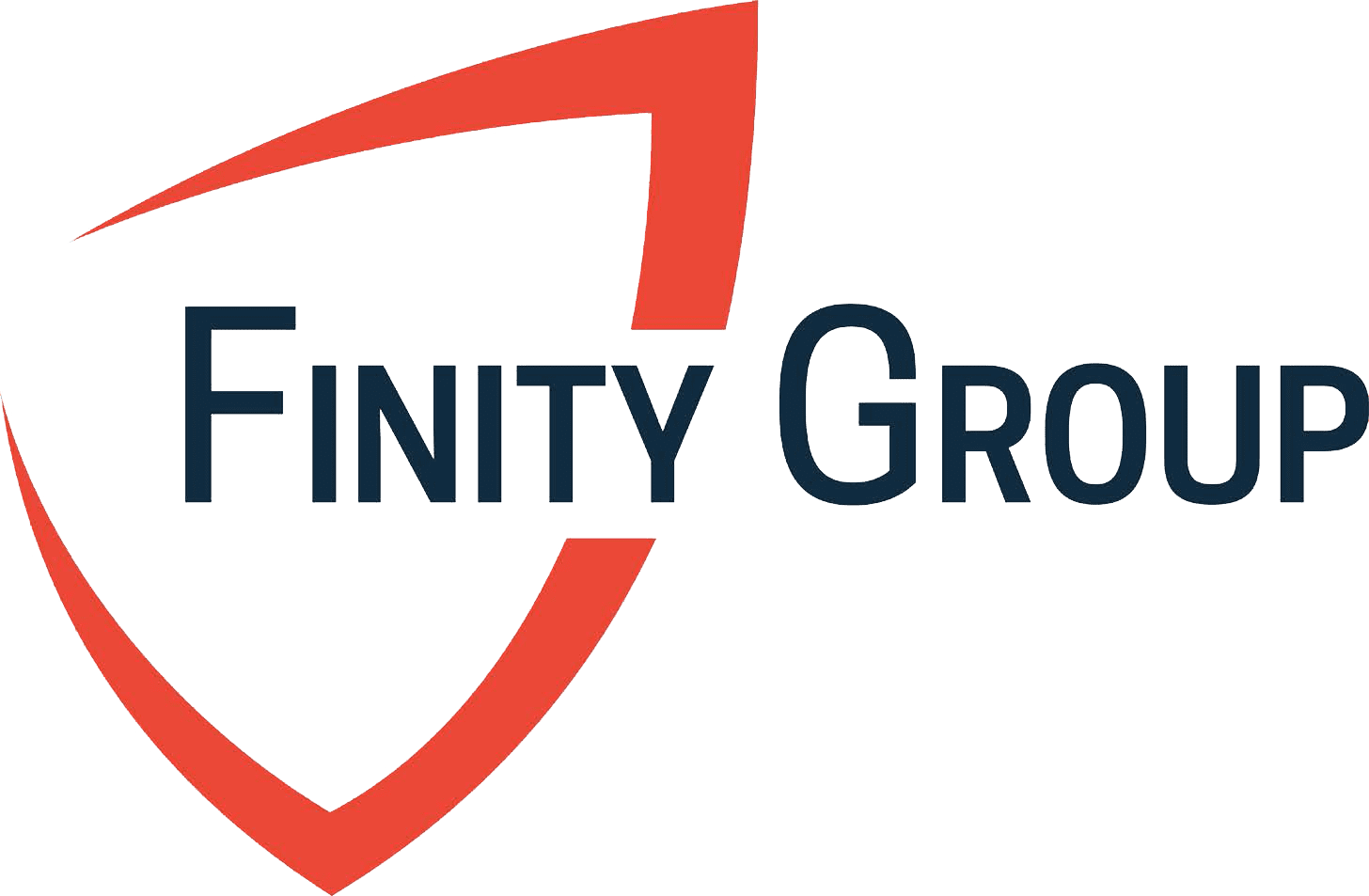Written by: Michael Okinaka
At the end of 2020, the Federal Reserve reported that US total consumer debt had risen to roughly $14.6 trillion. That is a lot of zeros. If we also look at the 2020 census, there were roughly 127 million households in the United States. By doing some simple math of $14.6 trillion divided by 127 million households, this gives us an average household debt in the US of $114,961. If one of your main financial concerns is getting out of debt, you can see that you are not alone. In this article, we have highlighted some key tips and strategies on how to effectively tackle debt.
How to Pay Off Debts Fast
When paying down your loans, the most important item to focus on is the interest rates of the loans rather than the balances. By the numbers, this will be the quickest way to pay them down. You generally want to make the minimum payments on all your lower interest rate debts, but then focus on paying extra towards your highest interest rate debt.
This will ensure that each extra dollar that you use towards knocking down your debts is getting the best rate of return. We want you to think of the interest rate as a rate of return. The higher the interest rate, the higher return you are receiving on the dollars you allocate towards paying that off.
For example, you may have the following debt package below:
| Type of Loan | Balance | Interest Rate (%) | Minimum Monthly Payment |
| Auto Loan | $5,000 | 2% | $400 |
| Student Loan | $200,000 | 6% | $2,000 |
| Mortgage | $500,000 | 3% | $2,500 |
| Credit Card | $15,000 | 10% | $100 |
In this example, it may be tempting to take some additional savings or income to pay off the auto loan first, since it is getting closer to being paid off. However, from a numbers/efficiency standpoint, in order to avoid additional interest from accruing, you would want to focus on the credit card balance first given the much higher interest rate.
Generally, we would suggest setting the “line in the sand” to classify “bad” and “good” debts at 7%. Any debts that you have above 7%, should be categorized as high interest rate debts and with that, you would want to focus on paying these off as aggressively as possible with any discretionary dollars. If you have debts below 7%, it may be on a more case by case basis to determine the best course of action in the repayment plan.
To continue this point, in the example above, we have the auto loan sitting at 2% interest. With such a low interest rate, we are typically comfortable making minimum payments for the entire length of the loan and using excess dollars elsewhere in our plan because we feel we can get a better rate of return.
If we look at past returns of a globally diversified investment portfolio, we would expect to receive a much better return than 2% over any long-term (10+ year) time frame. That is where it could make sense to continue making minimum payments on these low interest rate loans and using excess dollars more productively in our financial plan.
Make a Plan and Stick to It
The most important part to paying off debt is to make a plan and stick to it. You can use a loan repayment calculator to calculate monthly payments to pay off the loan in a certain time frame. Here’s a webpage to a loan repayment calculator to help calculate these: https://www.calculator.net/payment-calculator.html
Once you have your payment amounts established, set up automatic payment plans so you do not have to consciously think about paying extra towards your loans. Having the dollars come out of your bank accounts before you can spend/use them can be the most powerful tool to help you in eliminating your debts.
Another strategy to consider is the frequency of your payments. Some loans may accrue interest daily, which would allow more frequent additional payments to help pay off the loan quicker. Consider the following example:
$200,000 loan, fixed 4% interest rate, 30-year loan term – compounds interest daily
Fixed monthly repayment $955.57
Total of 360 payments: $344,006.98
Total interest paid: $144,006.98
$200,000 loan, fixed 4% interest rate, 30-year loan term (paid back in 29 years, 9 months) – compounds interest daily
Fixed twice a month repayment $479.47
Total of 714 payments: $342,338.97
Total interest paid: $142,338.97
You can see that by just increasing the frequency of the payments, we are able to pay off the loan 3 months quicker while saving almost $1,700 in interest over the life of the loan.
You may need to consult with your lender to determine how frequently the loan accrues interest, and if there is any prepayment penalty. Reach out to your financial advisor if you have any additional questions here as there can be many factors at play.
How to Pay Off Student Loans
Statistically, I’m sure a significant portion of you reading this have student loans. If not, congratulations and feel free to skip this section.
In this article, we are focusing on general repayment strategies of debts, which absolutely correlates to student loan repayment, in most cases. The main scenario where these strategies outlined do not make sense when paying off your loans, is if you are getting some sort of forgiveness with these loans.
The most common of these forgiveness programs is Public Service Loan Forgiveness (PSLF). If you are applying for PSLF forgiveness, the goal will be to pay as little as possible on your loans moving forward, despite what interest rate you have. For more information on the PSLF program and how that may make sense for your student loan situation, view the article Is PSLF Worth It for a detailed breakdown of the program.
If you are not able to pursue any student loan forgiveness, then these tips outlined still apply to you. The goal will be to pay off the highest interest rate student loans first, while paying the minimums on all lower interest rate student loans and continuing this cycle.
Depending on your financial situation, it may also make sense to refinance your loans into one consolidated lower interest rate. For more information about student loan refinancing, this article breaks it down in a simplified manor.
Reach out to your financial advisor if you have any additional questions on these as there can be many factors at play.
Being Okay with Debt and Opportunity Cost
Ultimately, if you have goals to buy a house, buy a new car, or increase your education, there will be many times throughout your life that you are considering taking on debt. While I believe there is a stigma about debt being “bad” and the need to avoid it at all costs, I do not believe that debt always has to have a negative association as this financial instrument often allows us to accomplish many of our financial goals over our lifetime.
In order to shift your mindset, I would like you to try to consider that having debt is okay when you think about the term opportunity cost. Opportunity cost is the concept/economic theory that: “a particular activity option is the loss of value or benefit that would be incurred by engaging in that activity, relative to engaging in an alternative activity offering a higher return in value or benefit.”
When applying this to your financing and debts, if you do have relatively low interest rate debts, it may be worth considering making the minimum payments on these loans over the life of the loan and instead, taking extra dollars and investing this for the long term.
If your investment return/yield were to outperform the interest rate on your debt, from an opportunity cost standpoint, this may be better for you from an overall financial standpoint in the long-run. This may be a more aggressive and risky financial strategy, but as you become more comfortable with debt in your life, it can be a way to help work towards financial independence.
Moving Forward
In summary, when getting out of debt, make sure you create a plan to pay off your loans, focus on higher interest rates and you will be well on your way to getting out of debt. As mentioned, making a plan and having confidence in that plan is a huge first step. If you would like help in setting up that plan and obtaining some guidance with how to proceed with your debts, please reach out to one of our independent financial advisors at the Finity Group and we would be happy to set up an initial consultation.
Related Blog Posts
- Should I Refinance My Student Loans?
- Refinancing Medical School Loans
- How to Qualify for Public Service Loan Forgiveness
- Concerned about PSLF Loan Forgiveness?
- Announcement: One-Time Payment Adjustment for PSLF
- 5 Steps to Achieving Financial Independence
Related Podcast Episodes on Financial Clarity for Doctors
- Student Loan Management for Doctors
- Debt vs. Investment – What Should You Do First?
- PSLF: What Doctors Need to Know
Disclosures:
All examples are hypothetical and for illustrative purposes only. All investments have the risk of loss, including total loss of principal. Saving more or spending less does not eliminate investment risk. Investments involve fees and expenses, which will impact the net results. Taxes can further impact net portfolio results. Consult with a tax advisor for your specific tax implications. Consult with a financial advisor before implementing or changing your investment strategy.



